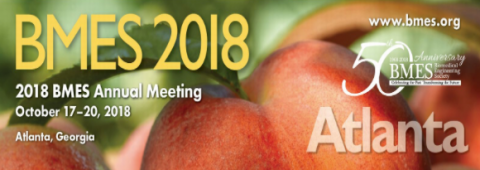Bo Huang
Associate Professor, Department of Pharmaceutical Chemistry
University of California, San Francisco
Seminar Information

Cellular processes are carried out by coordinated participation of many biomolecules in a tiny volume. We are developing new fluorescence microscopy techniques and imaging probes in order to directly visualize these structures and dynamic processes. For example, in order to visualize the spatial organization of the genome, we are developing methods to label specific DNA sequences in living cells using the CRISPR/Cas9 system. We are also developing multimeric GFP labeling approaches to help live cell imaging with the photobleaching issue.
Dr. Bo Huang received his B.S. degree in Chemistry from Peking University, China, in 2001 and Ph. D. degree in Chemistry at Stanford University in 2006. After finishing postdoc work at Harvard University in 2009, he joined UCSF as an Assistant Professor of Pharmaceutical Chemistry, with a joint appointment in the Department of Biochemistry & Biophysics, and became tenured Associate Professor in 2014. Dr. Huang's research work encompasses the areas of single molecule biophysics, microscopy, and cell biology. Being a pioneer in developing the super-resolution microscopy technique of STORM, he is currently interested in developing new labeling and imaging techniques for the study of molecular complexes and genome organization. Dr. Huang has received many awards, including the GE Healthcare and Science Prize for Young Life Scientists, Searle Scholarship, Packard Fellowship for Science and Engineering, and the NIH Director's New Innovator Award.
